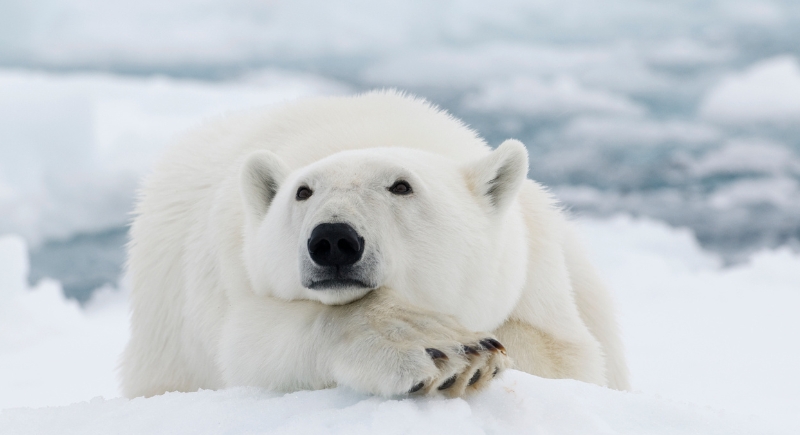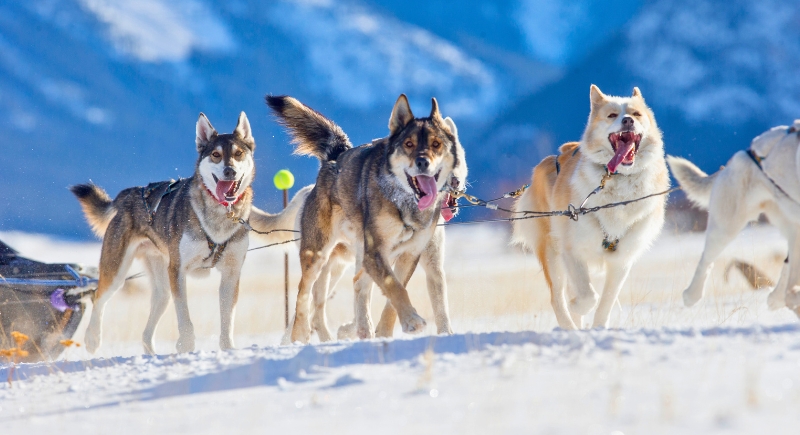Ancient Sled Dogs Were So Fierce They Apparently Ate Polar Bears
In 2016, a polar bear was filmed gently pawing a husky at a sanctuary in Churchill, Canada. The clip spread fast and was framed as a rare moment of peace between predator and prey. A few days later, the same bear eliminated one of the dogs.
However, around 9,000 years ago, the situation looked very different. At an archaeological site on what is now Zhokhov Island in Arctic Siberia, experts uncovered frozen droppings belonging to prehistoric sled dogs. Those samples included evidence of polar bears, which is one of the earliest examples of dogs eating these top predators.
Dogs At Zhokhov Ate What Humans Hunted

Image via Getty Images/Dogsjo
Researchers analyzed 34 samples of ancient dog feces recovered from Zhokhov. The island was once part of the Siberian mainland, home to Paleolithic hunters who relied on sled dogs for transportation and tracking game. Bone fragments and fur from polar bears were found in both the waste and the surrounding dig sites.
Professionals also discovered bite marks on polar bear bones that matched the size and spacing of dog teeth. This supports the idea that humans hunted the Arctic predators and shared the meat with their dogs. Zhokhov’s harsh winters left few hunting options, and large animals like polar bears provided enough meat to support both people and animals.
The Diet Led to Widespread Parasitic Infections
But the choice to include these large predators in their diet came with consequences for the sled dogs. In over 90% of the waste samples, scientists found tapeworms linked to the consumption of raw fish. Nearly a third also contained eggs from the Taeniidae family, which are associated with reindeer meat. These infections likely weakened the canines and affected their ability to work.
Parasites would have impacted their stamina and endurance, and made daily sled pulling or hunting more difficult. Dogs with compromised strength put strain on survival systems that already operated under extreme conditions.
Do Modern Breeds Still Eat Polar Bears?

Image via Getty Image/Stefonlinton
Genetic analysis from a dog jawbone at the Zhokhov site revealed a direct link to today’s sled dog breeds. Greenland dogs, in particular, show the closest genetic relationship to the ancient Arctic canine. They’ve stayed relatively isolated, which helped preserve physical and metabolic traits their ancestors developed for survival in freezing conditions.
But while the characteristics remain, the context has changed. Modern sled dogs no longer live off polar bear meat or share the terrain with wild bears in the same way. Today’s sled teams pull tourists and supplies, rather than meat from predator hunts. The bear-dog relationship that once centered on survival has faded.
But it is important to note that these canines still carry the lineage of that past: thick fur, wide paws, and a digestive system built for fat-rich, low-carb diets. Researchers found that these adaptations mirror those of other Arctic animals, like woolly mammoths and polar bears, shaped by the same extreme environment. What remains is a biology built for cold and endurance, even if the original threats are gone.